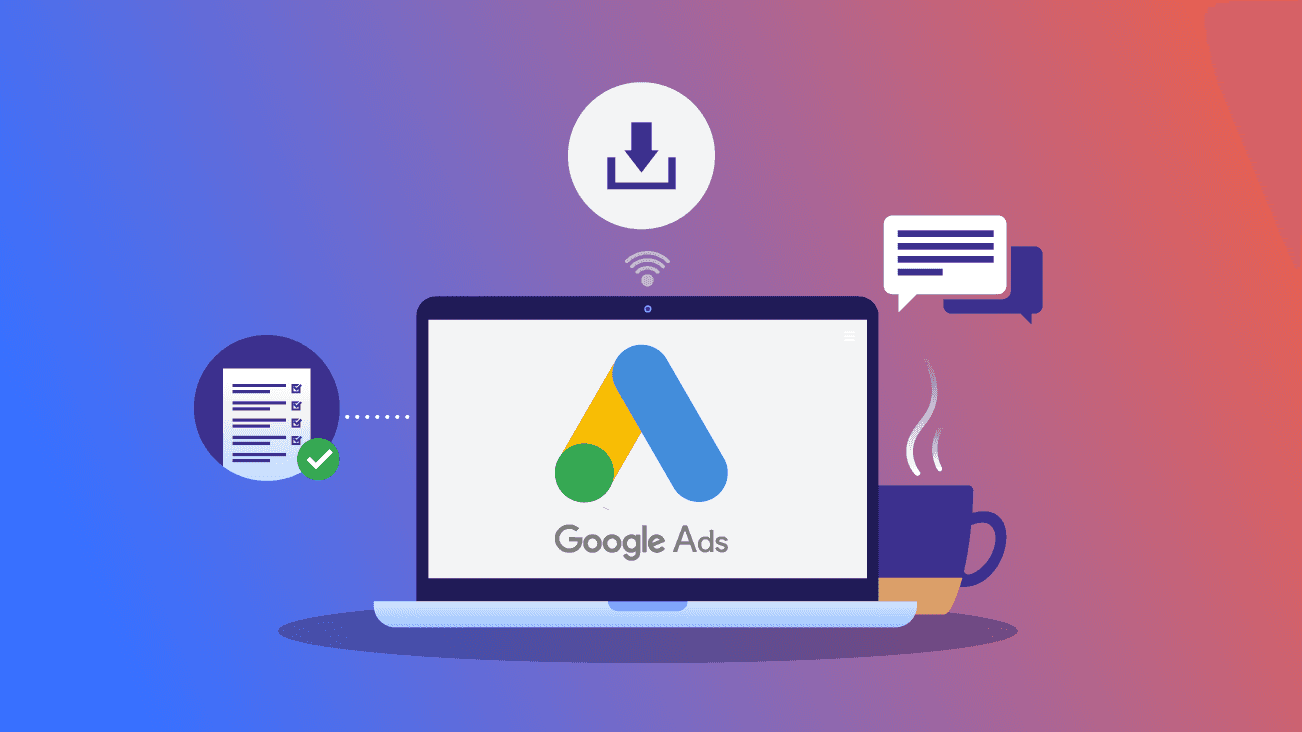Whilst Google pushing automation is by no means a new area of discussion (anyone within the paid world knows it’s been an area of focus few years now), the recent news that its all-encompassing Performance Max campaigns are to be rolled out on a larger scale is somewhat of a milestone. Throughout the past decade, we’ve been introduced to increasingly more elements of machine-learning based campaign optimisation, Performance Max is the first true product rollout to give Google and its automation complete control of your ads.
The detail
Running across the entire suite of the Google inventory, Performance Max campaigns allow you to automate both the targeting and delivery of your activity, through utilising ‘audience signals’ to serve automated responsive ads based on the relatively small amount of information and assets that you provide. All activity is objective based, allowing you to work towards your goals, and as usual you’re able to set your campaign budget, with controls being limited to maximise conversions and maximise conversion value, whilst leveraging options for Target CPA and Target ROAS strategies (in line with Google’s recent streamlining of smart bidding strategies).
Is manual optimisation a thing of the past?
Not quite. While Google will continue to push the transition towards automation and machine learning within paid campaigns, from looking at the initial Performance Max offering (granted, Google has acknowledged this will develop based on feedback), the campaigns will have clear drawbacks in the minds of seasoned PPC managers. From a reporting standpoint, the initial offering provides very little in terms of genuine insights, lacking any ability to drill into performance at a granular level. Essentially, breaking down performance in any greater detail than a top level overview isn’t currently possible – whilst you can utilise numerous asset groups (essentially responsive ads), you aren’t able to delve into these to understand which perform better. There’s also no way to dig into your targeting or the audiences to see what is performing, removing any opportunity for a business to share platform-specific audience insights with other channel managers or departments. Also, as is the case with smart shopping, even though the campaign is eligible to run across search, you won’t find any available SQRs to understand the search behaviours of your customers.
In its current form, advertisers who are more accustomed to performance analysis and generating learnings through campaigns would need to take a real leap of faith if they were to embrace the new offering. With no ad groups to allow for segmentation, along with the ‘targeting’ parameters being used solely as indicators, your grip on who sees your ads is entirely in the hands of Google (meaning selected audiences will steer the algorithm, rather than necessarily being used as targets). There are also options to speed up optimisation through providing ‘audience signals’ which essentially is audience expansion, loosening your grip even further.
How do you justify performance?
Over recent years, it’s clear that a lot of work has gone into Google’s automation technologies within PPC, with vast developments in its machine learning helping to drive an evolution in the capabilities of automated strategies. Whilst there are instances where automated strategies undoubtedly can be used to drive strong efficiencies and results, the lack of visibility within Performance Max is likely to pose problems for PPC managers expected to justify and drive performance. Whether that’s to internal teams or a client, it’s hard to provide a justification when it’s simply Google’s automation that hasn’t driven strong performance. Likewise, if performance isn’t hitting the required KPIs you’re aiming for, how do you improve this without access to any data or actionable metrics? The beauty of the PPC manager role comes in getting under the hood and analysing the data, something that – up until this point – has been possible to some extent across most automated bid strategies.
Where does it sit?
One important thing to consider is where within the conversion funnel the activity sits. What part does it have to play within your customer journey? Whilst all brands will ultimately want to drive performance from a conversion perspective, be that direct sales or lead generation, is a ‘one campaign fits all’ approach the way to go? Where historically you’d split activity out in a much more granular level, using the likes of YouTube and display for upper funnel brand awareness activity, whilst mid to low funnel search and shopping activity would be broken down at an intent level, does Performance Max offer enough scalability to be a genuine solution for businesses lining to drive increasing or high levels of spend?
What should they be used for?
As with any new offering, it’s something to test and understand how it can fit into your wider strategy. Through testing performance and running it alongside other activity, you might begin to get a feel for where it sits in your funnel or customer journey, allowing you to understand how it can drive performance against your objectives. Without question, Google will continue to put large efforts into the improvement of its machine learning technology – it’s not going away and Google is likely going to continue pushing users towards automation, given its expanding range of offerings and solutions.
For tips and hints on how to leverage paid media strategies for your business, follow Flaunt Digital on Instagram or Twitter.





